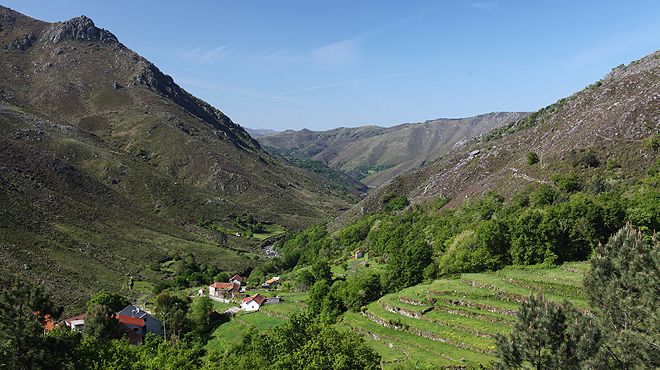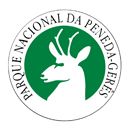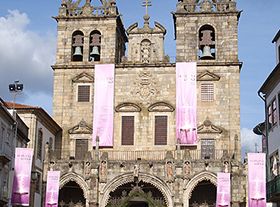Parque Nacional da Peneda-Gerês

Protected Areas
In the extreme north-east of Portugal, between the Alto Minho and Trás-os-Montes, the Serra da Peneda and Serra do Gerês constitute the only Portuguese protected area that has been classified as a National Park. It is a world apart, where human activity is integrated in a harmonious manner with nature, preserving ancient values and traditions that can be seen in the community villages of Pitões das Júnias and Tourém.
The exuberant vegetation covering the mountains, exhibit every shade of green, include a holly bush wood - unique at a national level - and endemic species such as the Gerês lily, whose blue-violet colours grace the fields. The rugged mountainous terrain is cut across by rapidly flowing rivers and streams, including many waterfalls, which finally slow down their pace in dams such as those of Caniçada, Vilarinho das Furnas or Portela do Homem. The landscapes are quite stunning.
Keep your eyes peeled, because you may be able to spot a roe deer (symbol of the Park) or its predator, the Iberian wolf. It is more common to come across garrano ponies -which are small wild horses that run freely across the hills. You're also likely to find Barrosã cattle and dark haired Castro Laboreiro dogs, that look after the flocks of goats and sheep which move between the “brandas” and “inverneiras” in the different seasons.
If you want to expend some energy there are plenty of opportunities, since you'll find ideal conditions for practising activities such as canyonning or canoeing. If you just want to go for a walk, follow the winding and well conserved path of the Roman road or "geira" and admire the milestones that are almost 2000 years old. Other itineraries will enable you to see dolmens and cromlechs, mediaeval castles or monasteries and sanctuaries, that are perfectly integrated in the landscape.

Tel.: +351 253 203 480
E-mail: pnpg@icnf.pt
Tel: +351 258 452 250
E-mail: geral@adere-pg.pt; reservas@adere-pg.pt
PAN Park
The Peneda Gerês National Park has been officially certified as a PAN Park. This distinction has been awarded to only 11 European parks covering an area of no less than 20,000 hectares, and in which the “wilderness area” amounts to no less than 10,000 hectares, so that the fauna and flora can develop freely.
The parks awarded this certificate must promote a strategy of sustainable development, through the implementation of measures for the conservation of nature and the local biodiversity, a policy for the management of visitors and the certification of tour operators.












 Explore
Explore 
 Remember and Share
Remember and Share 


